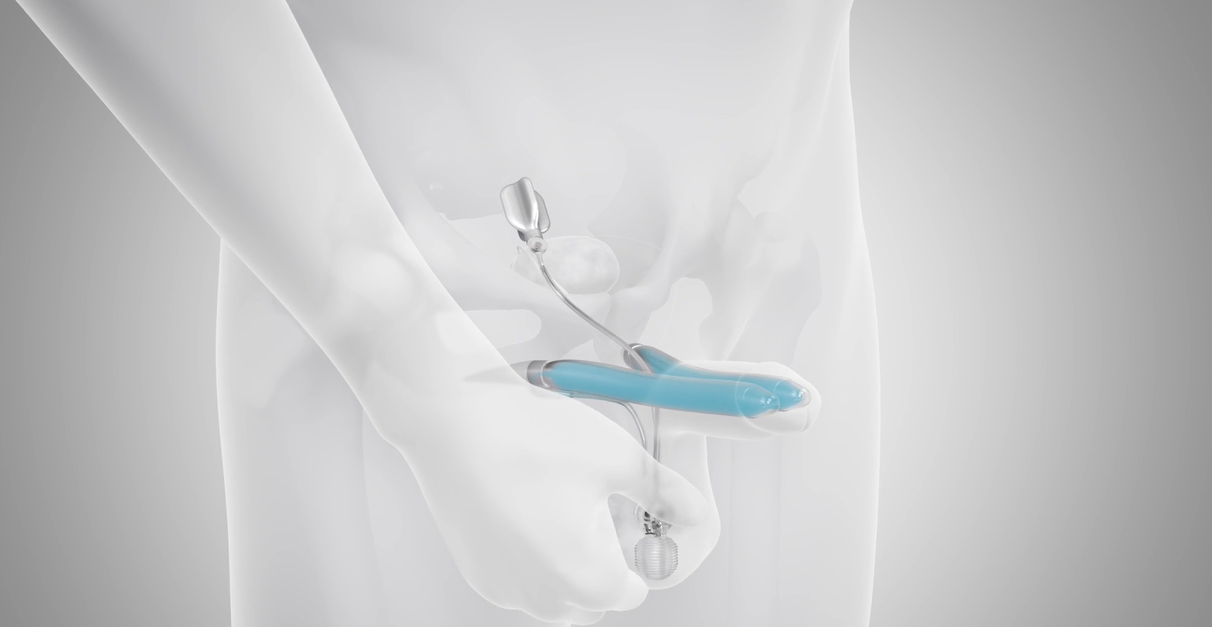Erectile Dysfunction & ED Treatment Options
Resources for Primary Care Providers

What you can do for your ED patients?
According to the Association of American Medical Colleges, there is a shortage of physicians in the U.S., particularly PCPs.
A new study states that there could be a shortage of 55,200 PCPs by 2032.1
Not only is there a shortage, but there is also an increase in the number of patients over age 65.2
Figure 1. Visit rates, by selected demographics: United States, 2016
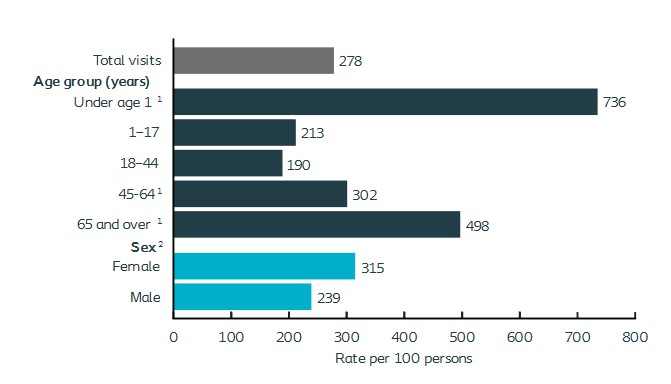
Many of these patients are coming in due to chronic
conditions.2
Figure 3. Major reason for office-based physician visit, by age: United States, 2016
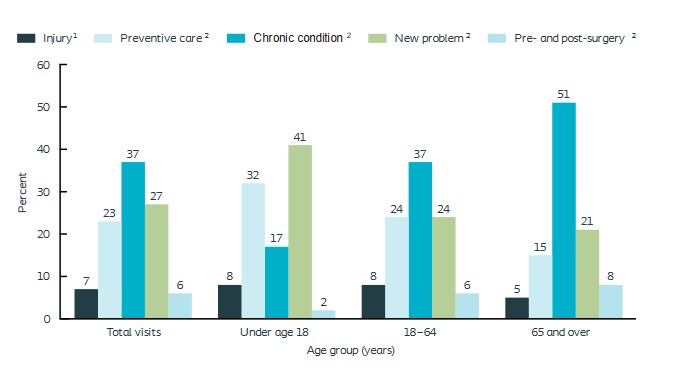
80% of adults 65 and older have at least one chronic condition
68% have two or more

These are the most common conditions of adults over the age of 653
Hypertension
58%
High
Cholesterol
47%
Ischemic/Coronary Heart Disease
29%
Diabetes
27%
Many of these chronic conditions are associated with ED
Erectile Dysfunction Etiologies4
![]()
Up to
62%
Vascular
![]()
Up to
62%
Hypertension
![]()
Up to
50%
Pelvic Surgery/Trauma
(ie: prostatectomy)
![]()
Up to
78%
Diabetic
*Note that many etiologies are concomitant and will not equal 100%
In 80% of cases, ED Is caused by a physical problem or disorder.5
Up to 50 million men in the U.S. suffer from erectile dysfunction.6
40% of men
by the age of 40 are affected by ED6

Erectile Dysfunction:
It’s common and treatable.
While ED is common, it is not an inevitable part of aging, and in most cases, it can be overcome.7

Why is it important to inquire about ED?
![]()
50%
of patients say that ED
negatively impacts their
everyday life8
![]()
84%
of patients say that ED
lowers their
self-confidence8
![]()
Studies have reported
that exposure to
ED increases the risk
of depression9

Primary Care Providers are the first line of treatment for ED8
An estimated 69% of patients first consult a GP/PCP for ED treatment.
About half of patients feel negative emotions when first seeking ED treatment with patients reporting feeling ashamed, embarrassed, humiliated, disappointment, and frustrated/angry.
Primary Care Providers have been shown to be the most influential resource for patients seeking ED treatment.
American Urology Association (AUA) recommendations on ED diagnosis10
1. | 2. | 3. | 4. | 5. |
|---|---|---|---|---|
| Perform a thorough medical, sexual, and psychosocial history; a physical examination; and selective laboratory testing | Validated questionnaires are recommended to assess the severity of ED, to measure treatment effectiveness, and to guide future management | Men should be counseled that ED is a risk marker for underlying cardiovascular disease (CVD) and other health conditions that may warrant evaluation and treatment | Morning serum total testosterone levels should be measured | For some men with ED, specialized testing and evaluation may be necessary to guide treatment |
AUA recommendations for ED treatment options10
PDE5
Inhibitors
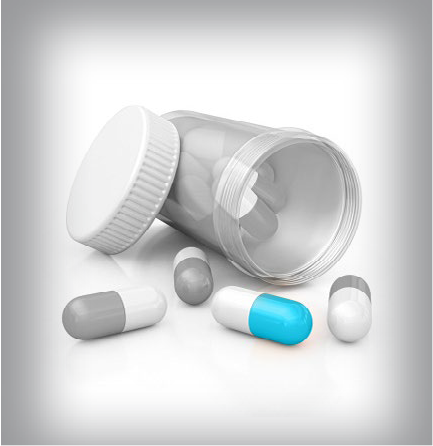
Penile
Injections
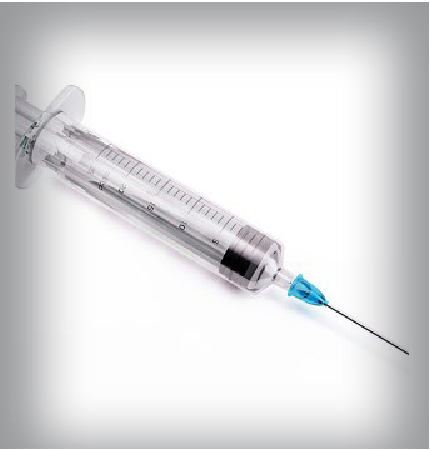
Vaccuum Erection
Devices

Insertable
Medication

Penile
Implants
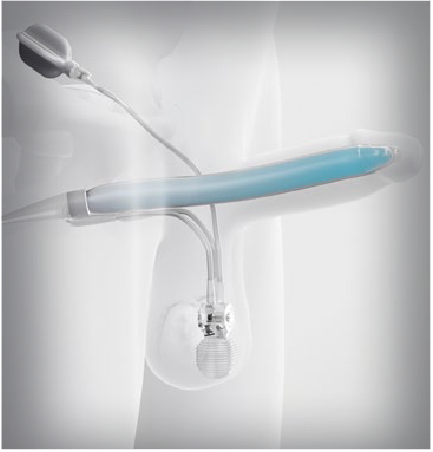
Typical patient ED treatment pathways
![]()
Oral Medication
75%
of patients start with pills as
a first line ED therapy11
50% of patients discontinue treatment in the first year due to reasons such as medication failure, cost, and concerns about long-term safety12
77% of patients who try a second treatment move onto another brand of pills13 and it is estimated that for 40% of cases pills are not effective13
![]()
Penile Injections
20%
of patients who try a second
treatment try penile injections13
It is estimated that for 30% of cases, injections fail to work or men experience priapism (erection lasting 4 hours or more)13
When pills and injections no longer work, a penile implant may be an effective solution for your patients’ ED. Some patients may move to it right away.10
Penile implants – an effective ED solution
A penile implant (inflatable and malleable) is a medical device implanted through a surgical procedure that is designed to help a man get an erection. It is completely hidden inside the body.14 Most men return home the same day and are able to resume sexual activity upon his doctor’s clearance, typically between 4-6 weeks.15
Benefits:
- Removes the hassle of timing pills and needles14
- Is a long-term ED solution16
- Puts the man back in control of his body and can be used at any time14
- Restores patient’s spontaneity and confidence14
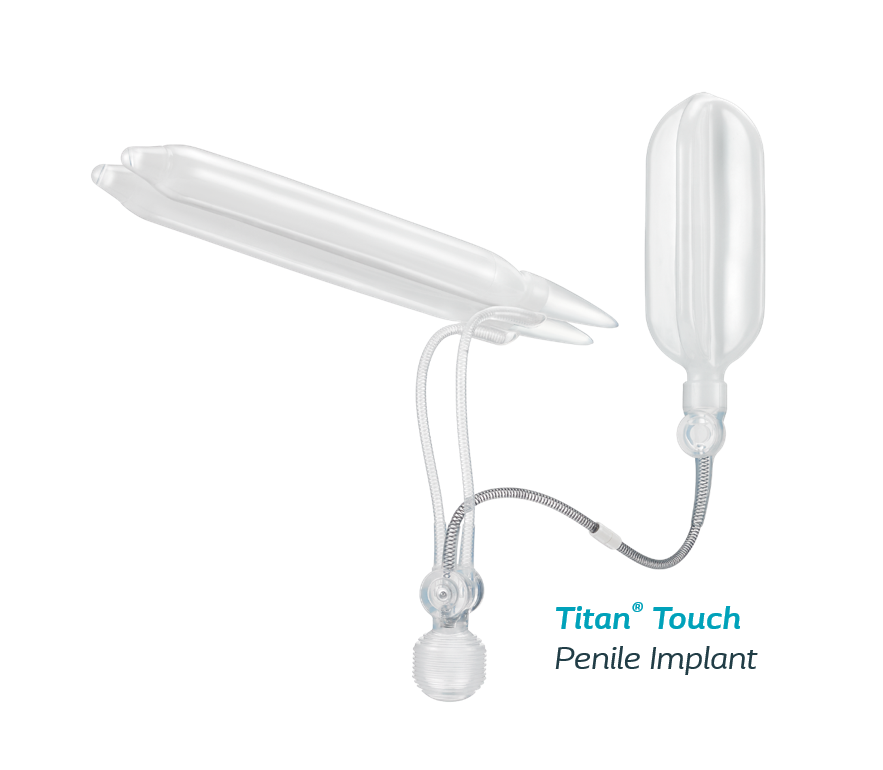
Penile implants are a long-term ED treatment16 with high patient satisfaction.14
Penile implants are also the most cost-effective ED treatment over a 10-year period.13
98%
Patient satisfaction with the Titan penile implant for erectile dysfunction14
96%
Partner satisfaction with the Titan penile implant for erectile dysfunction17
Looking for an ED treatment cost comparison?
What can you do?
 | Initiate the conversation about ED. Ask questions such as:
|
| Utilize a diagnostic tool: Sexual Health Inventory for Men (SHIM)18 is an ED quiz filled out by patients that can be a helpful tool in the diagnosis of ED. The SHIM can be uploaded into EMR or added to patient intake form. | |
| Treat when appropriate. | |
| Monitor the effectiveness of their other ED therapies like pills. Set a follow-up appointment to determine the effectiveness of treatment. | |
| When necessary, such as if first line therapies fail, send patients to a specialist for a comprehensive evaluation. |
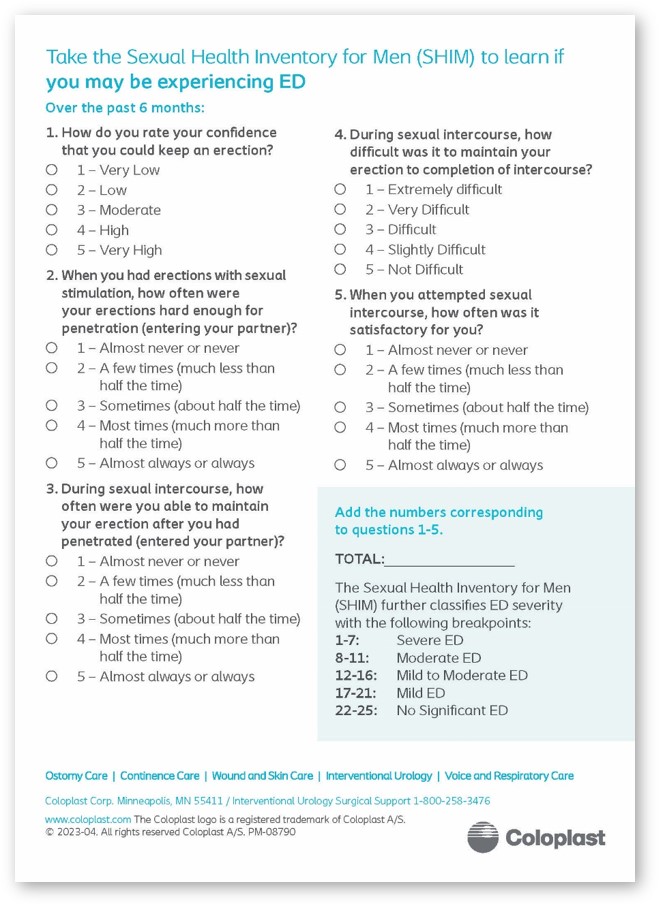

Sending patients to the right specialist
Not all urologists specialize in ED – help your patients get to the right urologist – a urologist who specializes in Men’s Sexual Health and ED
- Conduct a full comprehensive evaluation and diagnostic work up
- Develop a treatment pathway
- Assess ongoing effectiveness of prescribed treatment (all other care remains with primary providers)
- Provide a written follow up communication to patient’s primary physician
To find a specialist for your ED patients near you, click here.
